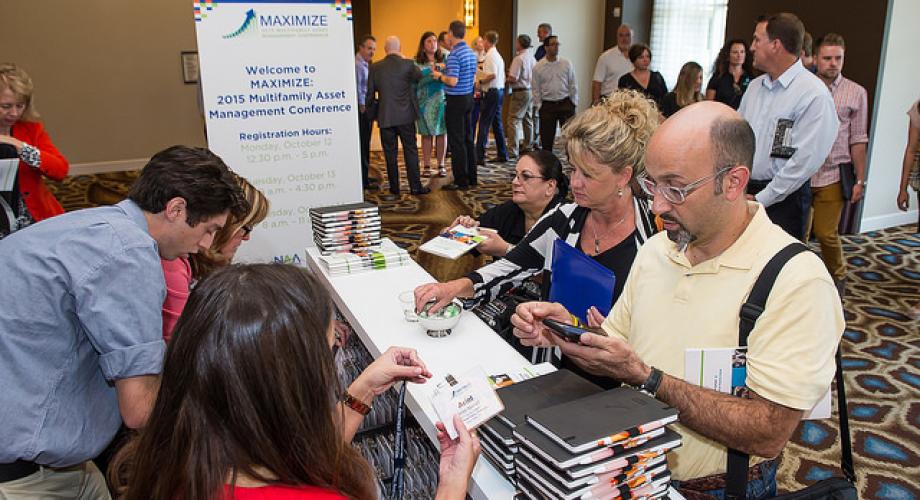The revenue management program has been implemented. The maintenance team is turning apartments efficiently. Low-flow showers and toilets have been installed. Expenses are under control and NOI is being maximized, right? Not exactly.
According to the panelists on the "Nuts and Bolts: High Impact Details That Create NOI" session at the 2016 MAXIMIZE: Multifamily Asset Management Conference, a few important details could be missing.
Warranty Management
Warranty management, preventative maintenance, lighting, insurance claims fee collection and property tax valuation management were among the details discussed during the session.
Because it has traditionally been done manually, warranty management is among the most difficult NOI boosting activities. But it could be one of the most lucrative, as many operators choose to replace items without knowing a warranty was available to them.
“It can be a very manual process that maintenance keeps track of with varying degrees of success,” says Dan Gaddis, Managing Director of Ancillary Analytics. “There are systems that can track all of a community’s warranties and let the community know when they're coming up so they can be replaced, accordingly.”
Unfortunately, most owner/operators rely on paper-based systems to track their warranties, which increases the likelihood that teams will opt to buy a replacement rather than take advantage of the warranty.
“Whatever the previous supervisor or maintenance manager had to document these warranties doesn’t always translate,” says Nyla Westlake, Vice President of Asset Management for Trammell Crow. “The last thing anybody wants to hear when you’re going to sell a deal is that it’s day 366 of that warranty.”
Preventative Maintenance
But warranty management isn’t the only maintenance task that boosts NOI. Oft-mentioned preventative maintenance is also an overlooked activity because it can seem like an unnecessary expenditure at the time.
“Preventative maintenance is so critical to controlling expenses over the long term,” Westlake says. “We put a process in to make the onsite team walk every single unit every quarter. The result of that over the past six months is an overall reduction in work orders by 30 percent.”
The negative effect of residents being upset with associates entering their apartments wasn’t as prevalent as some might think. According to Westlake, residents anticipated the walk-throughs and put in work orders ahead of time.
They also gave the communities customer service scores on surveys that ranked so high that the survey companies began asking what Trammel Crow was doing to make residents so happy, Westlake says.
LED Lighting
But the maintenance wins only scratches the surface of the opportunities to boost NOI. Bigger wholesale transitions, such as LED lighting, can create an even bigger increase if done correctly.
“First and foremost, LED is probably the biggest no brainer out there, but it’s not simple a simple switch,” Gaddis says. “It depends a lot on your portfolio and that particular asset. To start out, one thing to think of when it comes to implementing an LED program is bulb security. We’re putting these in at some very expensive assets.”
As long as they’re secure, however, the LED assets can save significant sums of money both in energy costs and replacement bulb costs.
With a little creativity, technology and attention to detail, apartment owners and operators can boost NOI beyond the traditional methods without reducing services to residents or cutting back on staff.
